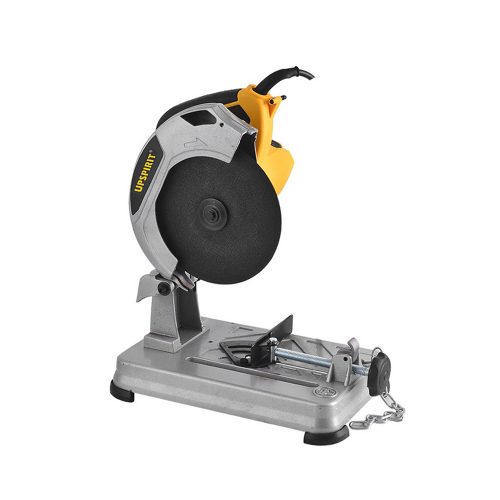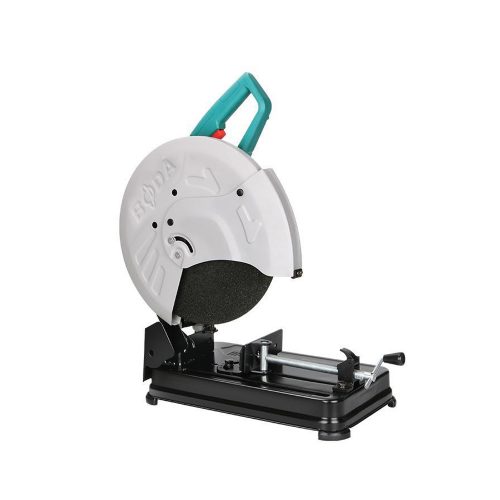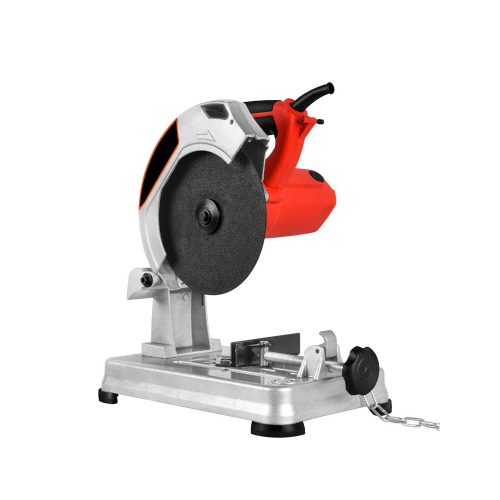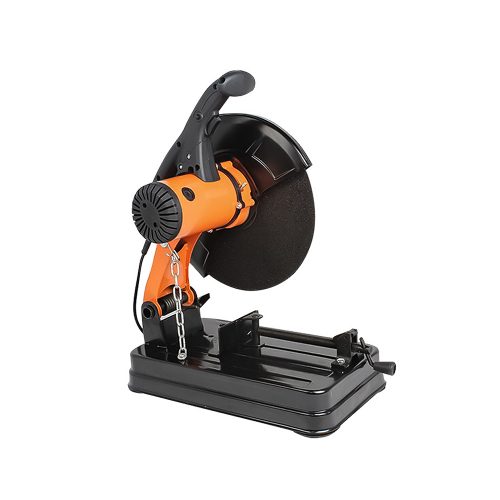BEST METAL CUTTING SAW COLLECTION FOR YOU
Metal cutting saws allow you to cut a wide variety of metals (even thick pieces of metal). They are an essential tool for the craftsman's home or workshop, especially those who engage in welding.
- Metal chop saw
- Metal circular saw
- Reciprocating metal saw
- Metal band saw
- Best Brands
Milwaukee
Grizzly
BOSCH
DEWALT
Craftsman
Diablo
Makita
WEN
Wesco
WORX
PORTER-CABLE
VEVOR
Grizzly Industrial
Skil
Irwin Tools
XtremepowerUS
Lenox Tools
WORKPRO
PowerSmart
Evolution Power Tools
Neiko
TECCPO
Jancy
- Power supply
1. Gas-powered
- Advantages
Powerful power source
High speed and high torque
- Disadvantages
Very noisy
Frequent maintenance
Heavier
More difficult to maneuver
2. Electrically Powered
- Advantages
Less noisy
Lighter in weight
Easy to maneuver
Best suited for heavy to medium-duty work
- Disadvantages
Less power than gas-powered saws
Power cord
3. Battery-powered (lithium-ion or NiCd batteries)
- Advantages
Cordless
Light duty work
Use in hard-to-reach places
- Disadvantages
Less power than the above two
It can't handle heavier work
- Saw blades
1. Types of blades
- Abrasive Blades
Pros
Comparatively cheap
Has a coating
Disadvantages
Slow cutting speed
Generates sparks
High friction
- Cold saw blade
Advantages
Cuts quickly and accurately
Does not leave burrs
It does not produce sparks
Durable and hard
Disadvantages
Heavier
Expensive
2. Number of blade teeth
The number of teeth on a blade disperses heat so that the blade and workpiece temperatures are as low as possible. Typically, the number of teeth is about 60-100.
It offers a variety of cutting styles and is easy to adjust. Most (tooth count) are alloy tips with tooth count settings ranging from 24 to 72. They have a special coating that reduces sparks.
3. Blade Size
The blade size you choose will depend on the metal's size to be cut. Generally, the size ranges from 7-to 14 inches.
- Hobbyist: 12 inches or smaller blades
- Industrial use: 14 inches or larger blade
4. Blade rotation speed
Metal needs to be cut at low speeds. In general, keep the speed low for the best cutting results.
- Soft materials (aluminum or other soft metals): 3000RPM-3500RPM
- Hubble metals: less than 3000RPM
- To cut with carbide blades: at least 1300 RPM
- To cut with abrasive disc blades: at least 3000 RPM
- Motor power
- Fence Adjustment
- Vise Adjustment
- Spark deflectors
- Portability
- Warranty
- Safety Tips
- Wear protective equipment, such as goggles, gloves, and a face shield.
- Avoid wearing jewelry and loose clothing.
- Keep hands away from the blade.
- Do not touch the heated blade.
- Operate the saw at the proper speed.
- Check the power cord, power supply, saw blade, etc., to ensure the safe operation of the saw.
Size is the main difference. A metal chop saw makes a deeper cut and is usually used to cut thick metals, while a miter saw has a smaller cut and is ideal for cutting wood or aluminum, etc.






